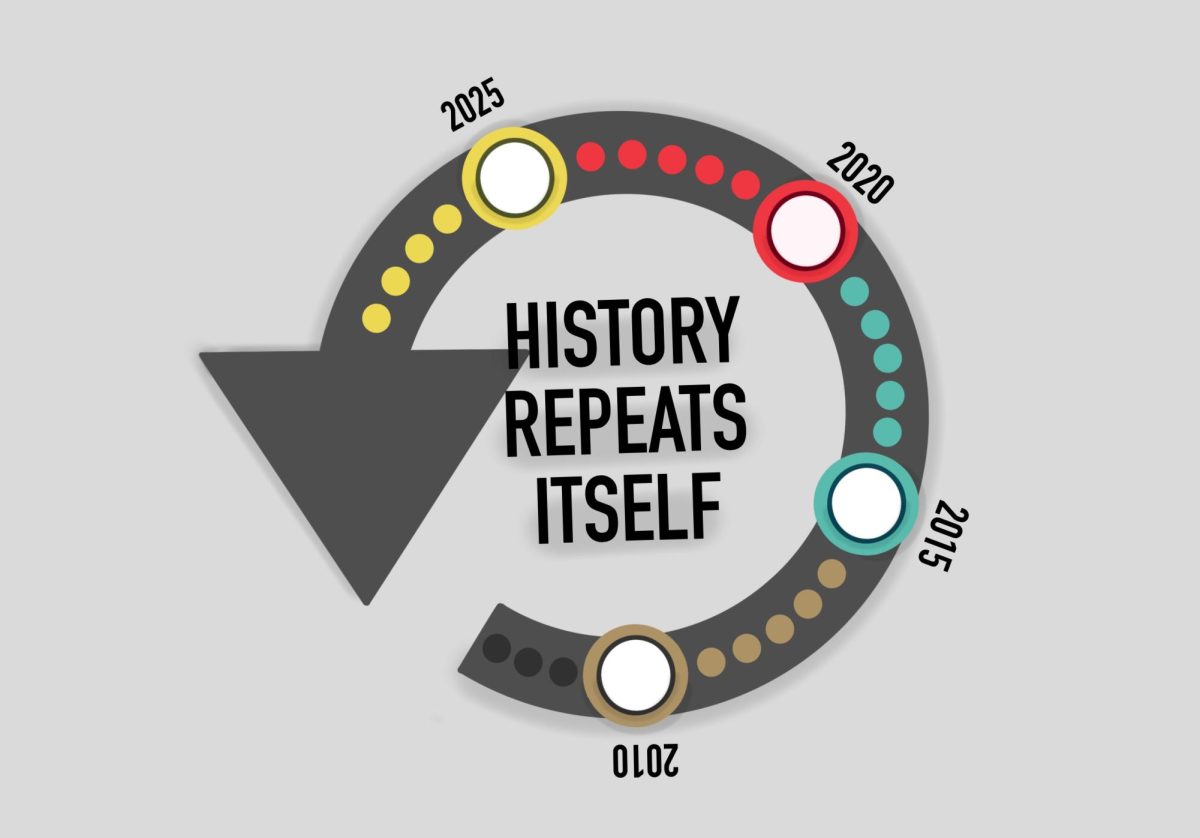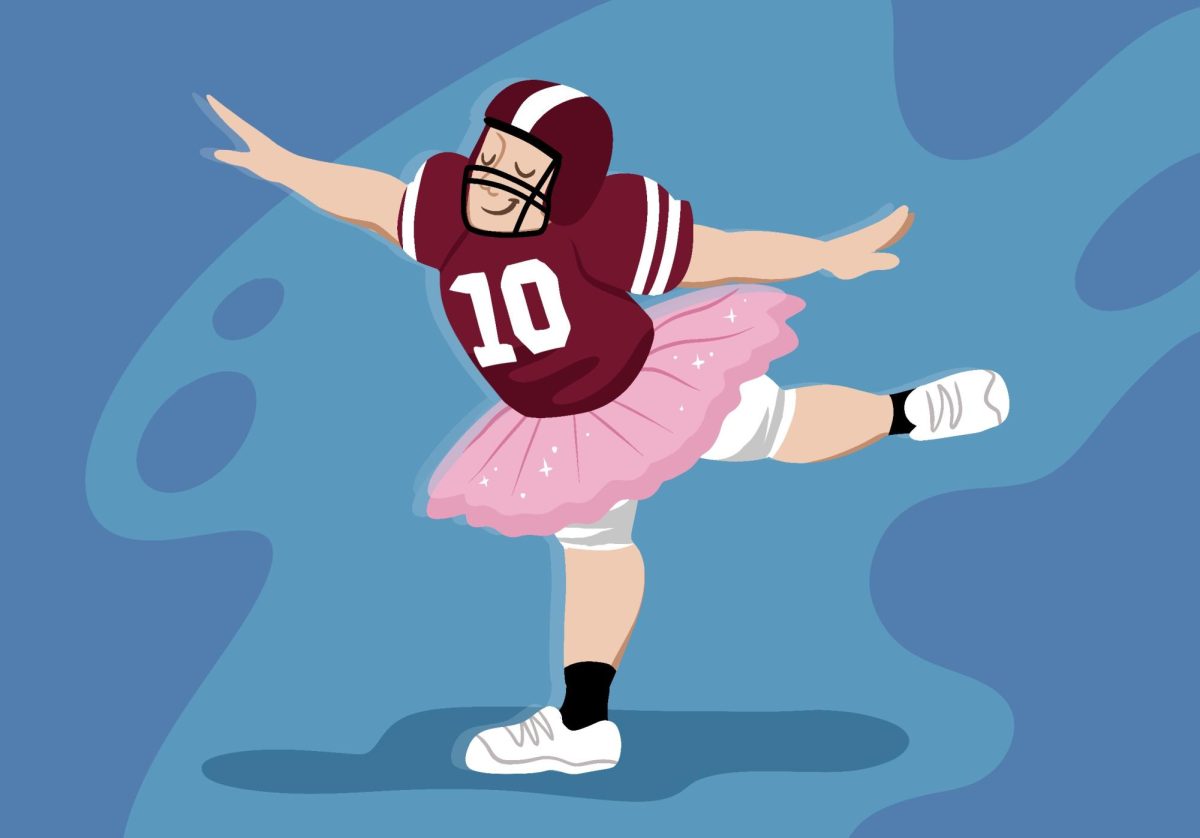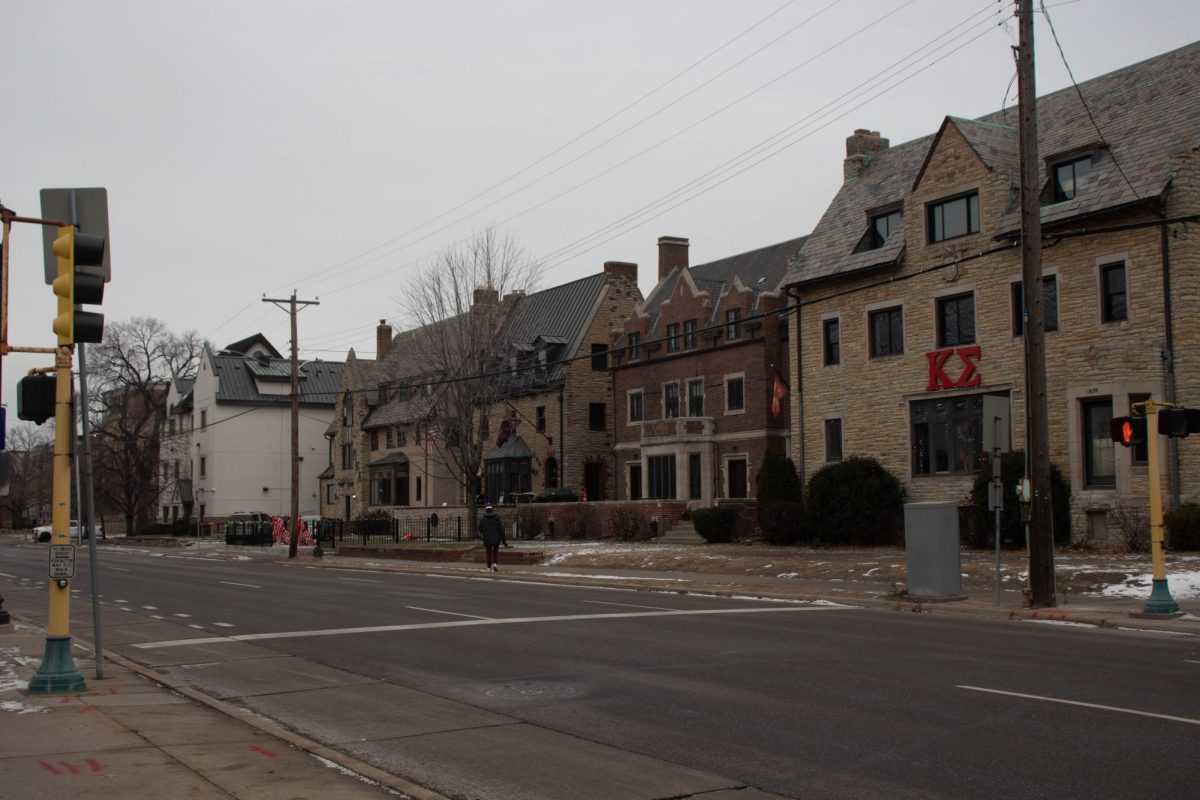Vintage and thrifted fashion is experiencing a historic revival. The secondhand market was worth $28 billion in 2019, and ThredUp and GlobalData project it to rise to $64 billion this year. Sustainability advocates have celebrated the rise of this trend, signaling a shift away from fast fashion and unsustainable consumer practices.
But even with the various benefits of thrifting, many harms continue to circulate in this global market.
It is impossible to ignore the various benefits of thrifting. For starters, the practice is integral to reducing rapidly accelerating climate change. Fashion is responsible for 10% of human-caused greenhouse gas emissions and 20% of global wastewater, consuming water and incentivizing deforestation across the globe. Cutting down clothing production by wearing used clothes can be a good strategy to reduce your carbon footprint.
Thrifting is also a more affordable alternative to buying new clothes. The goal of second-hand stores was originally to serve low-income communities who depend on the decreased cost to access their essentials. Coats and jeans, which tend to retail at higher prices, are made more affordable by these stores.
However, the resurgence of thrifting is not only due to its benefits for the climate or local communities. Rather, this method of shopping is an easy way to access trendy clothing.
The renewed rise of thrifting can be attributed to the 20-year trend cycle, according to Carley Rice, sustainability coordinator at the University of Minnesota’s Office of Sustainability. Older styles are coming back, and thrift stores are the perfect place to find them.
“In this current era, it’s really cool to have old clothes and to have vintage clothes. There’s a period of time where it wasn’t really seen that way,” Rice said.
More than 16% of Americans shop at thrift stores annually, and 12% shop at consignment and resale shops. While this rise is important for reducing clothing waste and maintaining affordable options, it also has harmful implications.
As more people flock to thrifting to express their style, there has been a steady uptick in reselling second-hand clothing. Curated thrift stores buy these items for cheap and sell them for a profit.
But you do not need a store to participate in reselling. Apps such as ThredUp, Depop and Poshmark have all contributed to the creation of an expansive online market where everyone is simultaneously a potential buyer and seller. Through these platforms, side hustles become primary sources of income. Even large retail corporations like H&M have partnered with online stores to cross-promote their clothing.
There has been a boom in online reselling since COVID according to Wayne Bugg, executive director at the Hidden Treasures Thrift Store. Reselling has become a significant source of income for many, causing other vintage places to charge more.
The practice of reselling has received criticism for crowding low-income people out of thrift stores.
Resellers create competition for thrift stores, causing greater prices overall. These prices defeat the mission of thrift stores — to provide inexpensive alternatives. This comes while buyers are already facing the pressures of inflation.
Because of this, the reselling market has been dubbed “the gentrification of thrift stores.” When thrift stores are no longer inexpensive, low-income communities suffer the most. Resellers must reevaluate their methods to avoid diminishing the mission of secondhand clothing as a whole.
This starts with prioritizing the original mission of thrifting: helping those in need.
A commitment to sustainable pricing is necessary, according to Bugg. Just because a price can maximize profits and meet demand does not mean sellers should use it. Remaining steadfast in the goal of helping communities is necessary to ensure ethical reselling.
“Our mission and margins [have] to make sense together,” Bugg said.
Even online resellers can take action to ensure their businesses are more sustainable. That starts with pricing their products mindfully to guarantee buyers get what they paid for.
People going into thrift stores with the sole intention of listing items online can create inequity issues, according to Rice. However, upcycling, adding elements to clothing to improve them, or altering items can add an artistic touch and make prices more reasonable. Creating discounts for students, first responders and people on income assistance could also be a great start to improving the reselling market.
While there are benefits to reselling, more mindfulness is needed regarding the pricing of these items. Resellers cannot forget who thrift stores were created to serve. While dismissing this practice entirely is hasty, it is impossible to ignore the need for reform in the secondhand sphere. Only then will thrift stores hold true to their mission: prioritizing people over profits.















Lynne Warshaw
Mar 12, 2024 at 11:27 am
There have been a number of different kinds of thrift store operators for many years. Some are simply private for-profit stores, some are nonprofits who run clothing collection operations and thrift stores to raise funds to support their main programs (like Goodwill or hospital thrift stores) and some may exist to provide low-cost clothing to lower income people. There is no one single thrift store mission — to provide inexpensive alternatives— as you aver.
Victor
Mar 12, 2024 at 9:23 am
how do online markups on used clothing affect thrift store pricing? if theyre competing, wouldn’t the clothes in the thrift store be even cheaper in order to compete? I feel like there’s a hole in the logic here… You’re talking about two different things, they are linked, hawking used goods from thrift stores in order to sell them at a markup is a problem, but Thrift Stores in general don’t seem to be pricing up. It would be nice to see concrete data on this.